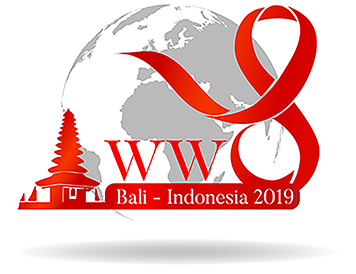Eduardo G6mez-Mejia1, Velia Ramirez-Amador1, Itzel Castillejos Garcia1, Gabriela Anaya-Saavedra1, Florentino Badial-Hernandez2
Oral Pathology and Medicine Master, Universidad Aut6noma Metropolitana- Xochimilco, Mexico City, Mexico.
Clfnica Especializada Condesa, Mexico City, Mexico.
Abstract
Objective: To describe oral manifestations of immune reconstitution inflammatory syndrome (IRIS) in a cohort of HIV-infected patients receiving combined antiretroviral therapy (cART), and the role of clinical variables as predictors of it development.
Methods: One hundred and fifty-eight consecutive HIV-infected adults initiating cART were prospectively followed for development of oral-IRIS over 4 to 6 months, as part of a larger prospective observational study (2000-2017). Plasma HIV-viral load and CD4 counts were assessed at the pre-cART visit and at 4-6 months after cART initiation. In each visit, patients underwent a complete oral examination, and demographic and clinical data were obtained. Clinical diagnoses were accompanied by histopathological or cytological procedures when necessary. Patients who developed oral IRIS (according to the International Network for the Study of HIV-associated IRIS case definition) were compared with patients who remained IRIS free. The statistical analysis was performed using the SPSS v20 software.
Results: One hundred and fifty-eight individuals (median age 33 years-old, 89% males) were followed-up for a median time of 128 (Q1-Q3: 94-151) days after cART initiation. Eighteen (11.4%) presented oral IRIS manifestations, being oral candidosis (5.1%) the most frequent lesion, followed by hairy leukoplakia (3.2%), Kaposi's sarcoma (1.9%) and recurrent aphthous stomatitis (1.3%). In a logistic regression model, a >2.5 Log10 HIV- viral load reduction (OR: 1.21, 95% CI: 1.08-1.35, p=0.001) was a significant predictor of oral IRIS development; tobacco consumption showed a marginal association (OR: 1.14, 95% CI: 0.99-1.31).
Conclusions: We report a low incidence of oral IRIS with relatively mild manifestations. Patients with abrupt reductions of HIV-viral load were at increased risk of oral IRIS, which may help to develop screening tools aiding to the identification of patients at high risk of oral IRIS for whom close clinical supervision is warranted.
Keywords: HIV/AIDS; Immune Reconstitution Syndrome


